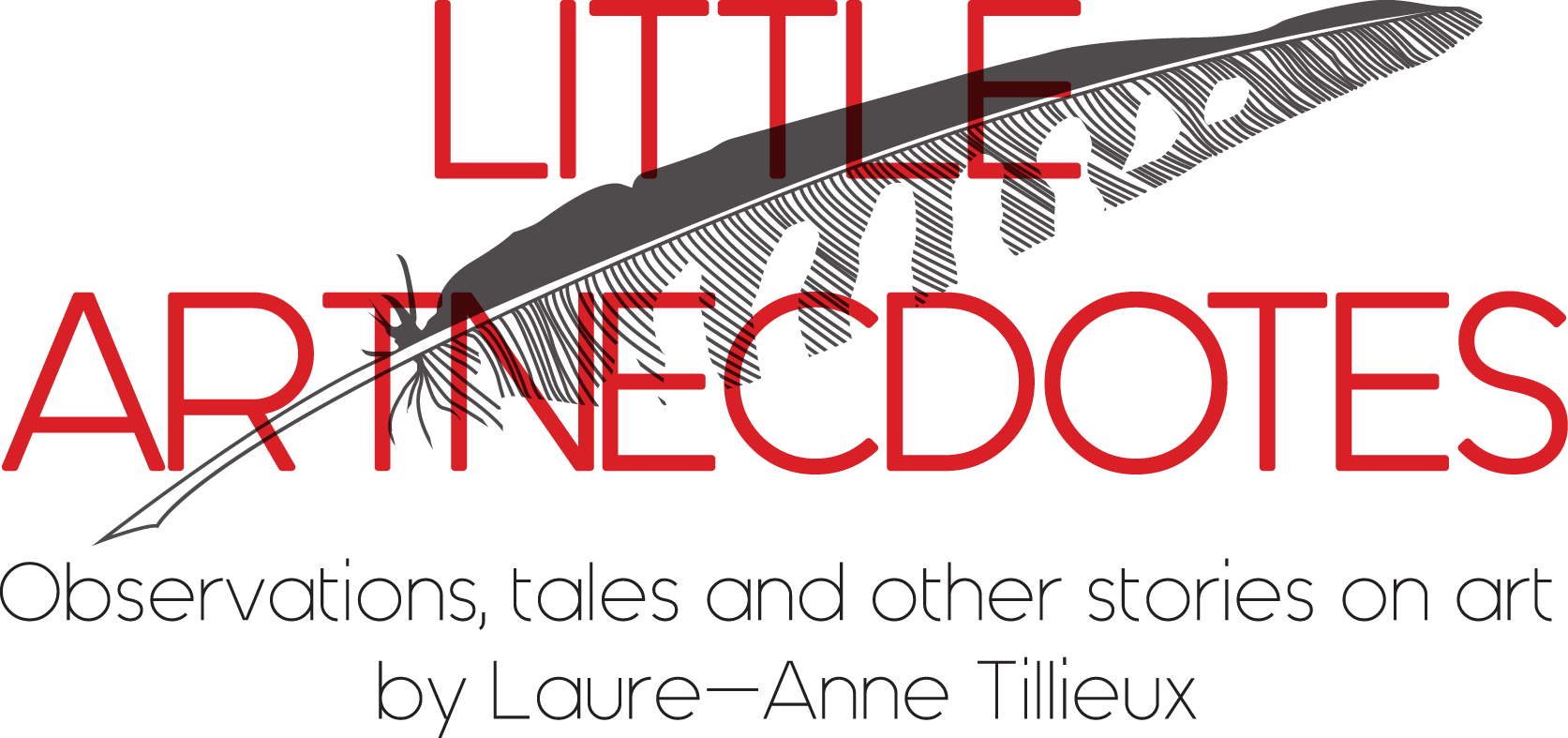
Lost & Found
Language is one of our main communication instruments. Without language, we can easily state that no coherent communication is indeed achievable. Since our very existence the ability to communicate has strongly been integrated in our society, with in every corner of the world its own specific language. Languages evolve and diversify over time, each and every one of them having their distinct characteristics. However, over time some of them have become extinct or endangered idioms. It isn’t an unknown fact that minority languages are often repressed as a first step towards repressing the actual minority. The more economically powerful a country is, the more rapidly its languages are lost. As economies develop, one language often comes to dominate a nation’s political and educational spheres. Throughout the world around 6.000 or so languages are spoken, but more than half the planet’s population speaks English, Spanish, Russian, Mandarin or Hindi. American artist Susan Hiller (b. 1940) researched and mapped those extinct and rare languages.
Her audio collage Lost and Found (2016) features voices speaking in 23 different languages, including Aramaic (Middle Eastern language), Comanche (Native American language), Livonian (Finnic language) and other dead, dormant or endangered idioms. The anecdotes, memories, arguments, songs and conversations that the voices relay mostly revolve around the theme of language itself.
In order to understand what is illustrated translations of these utterances appear in the form of subtitles providing an entry point into the narrators’ diverse cultural circumstances. A constantly shifting oscilloscopic line gives visual form to the work’s soundtrack. The line suggests the idea that individuals separated by time, geography, and worldview remain linked by the physical experience of sound as it resonates through the human body during verbal communication.
What seems to be lost forever, is temporarily brought back to life by Hiller. And yet, several of the showcased languages, such as Hawaiian and Cornish (Celtic language), are already revived. The will and enthusiasm of individuals to keep certain languages alive so that future generations don’t forget their original ethnic roots can be considered admirable. But undoubtedly we can’t avoid the inevitable. What is lost will most likely stay lost. Nevertheless, Hiller manages to map those rarities and reminds us where we are coming from and what has once defined our communities. An enrichment without a doubt.
Lost and Found is now on view at documenta 14, Kassel, until 17 September 2017.
